An archipelago in the Pacific
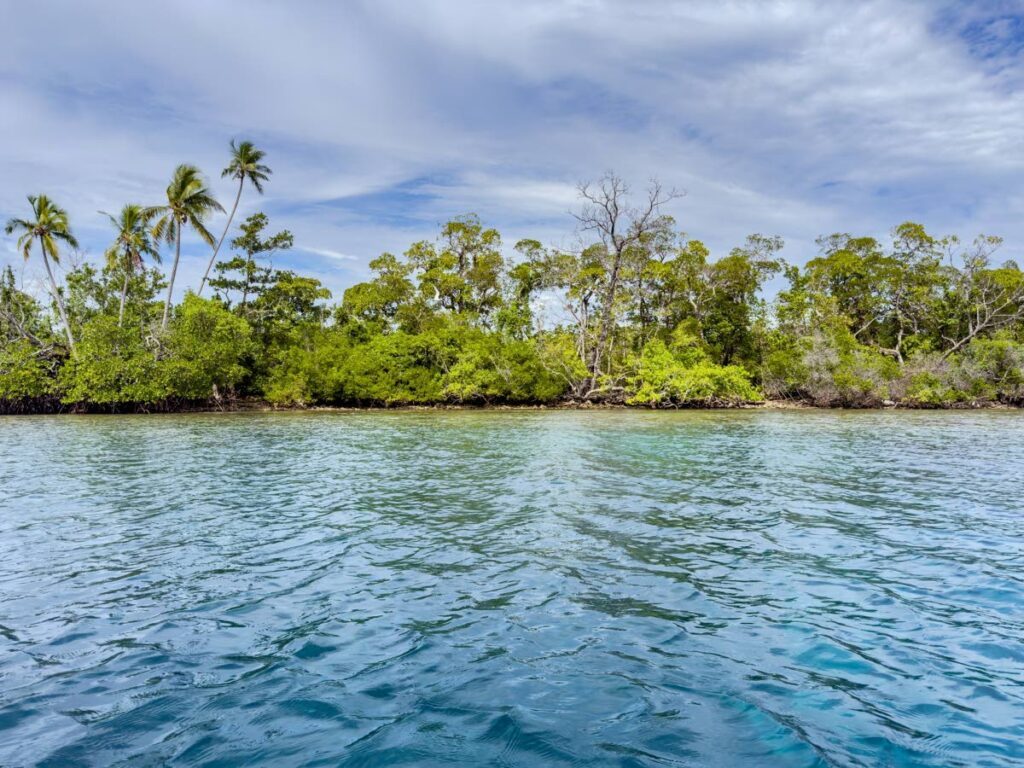
Joanne Husain takes us with her to the Solomon Islands, on the other side of the world.
The Solomon Islands, simply referred to as the Solomons, are an independent multi-island nation in the southwestern Pacific Ocean. Situated east of Papua New Guinea and north of Australia, curving along the infamous Ring of Fire, the Solomons form a remote archipelago ranging from mountainous islands to low-lying coral atolls. There are 992 islands in total; only about 90 are inhabited.
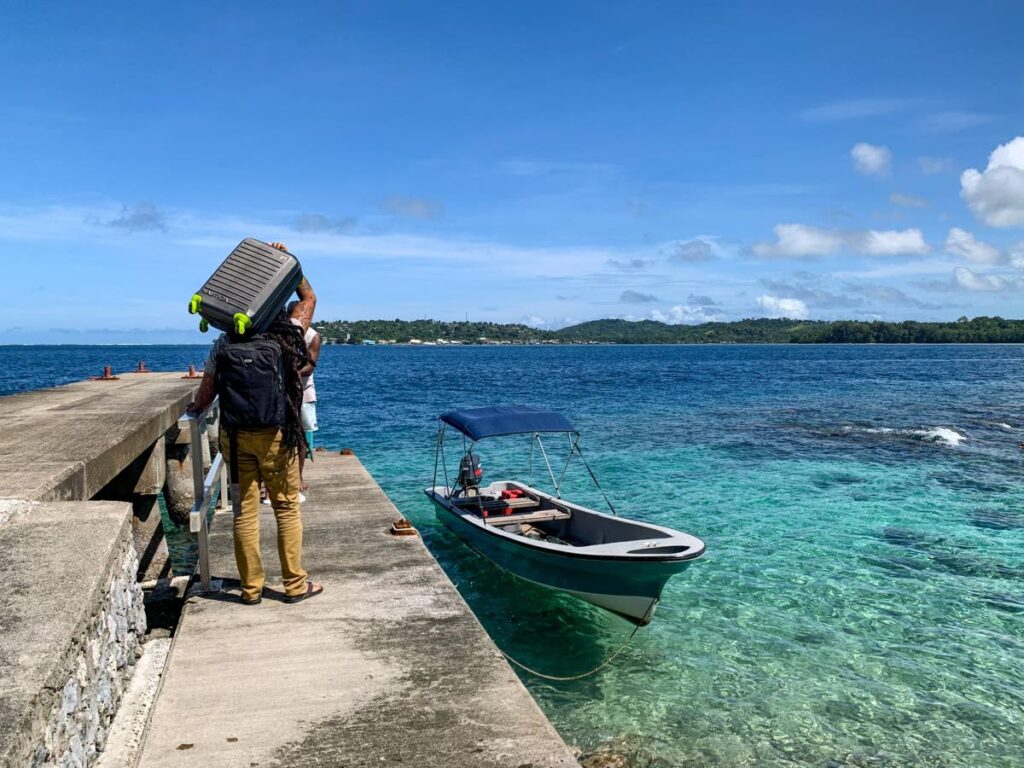
- Joanne Husain
Just over 700,000 people call the Solomons home. The main island is Guadalcanal, with Honiara as the country’s capital.
The Melanesian, Polynesian, and Micronesian roots of the population are reflected in everything from traditional dress and cuisine to the intricate art of woodcarving. Over 60 different local languages and dialects are spoken, and English is the country’s official language. Solomon Islands pijin, however, is the lingua franca, not only spoken but often written on signs throughout the towns.
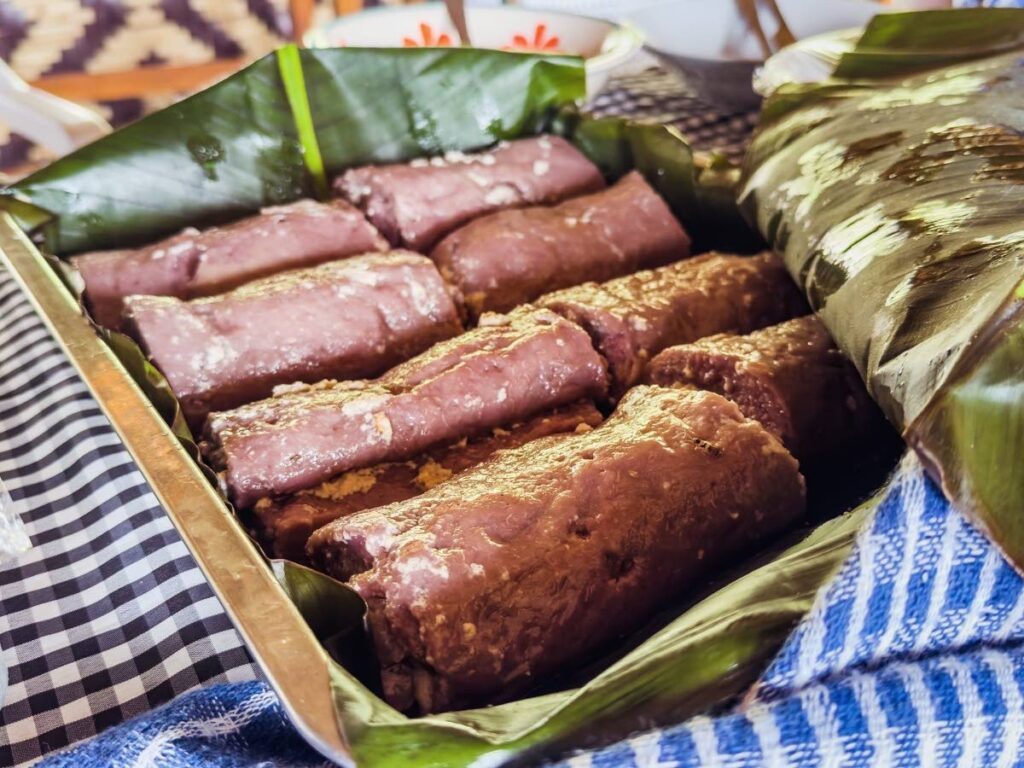
The people of the Solomons are warm, welcoming, and share deep ancestral connections to their land and sea. They are proudly preserving their cultural traditions and heritage while navigating modern living. In these islands, kastom and wantok are foundational concepts that shape social life and community interactions.
Kastom refers to the traditional customs, practices, and beliefs that have been passed down through generations. These cover everything from governance systems, dispute resolution to cultural rituals and land ownership.
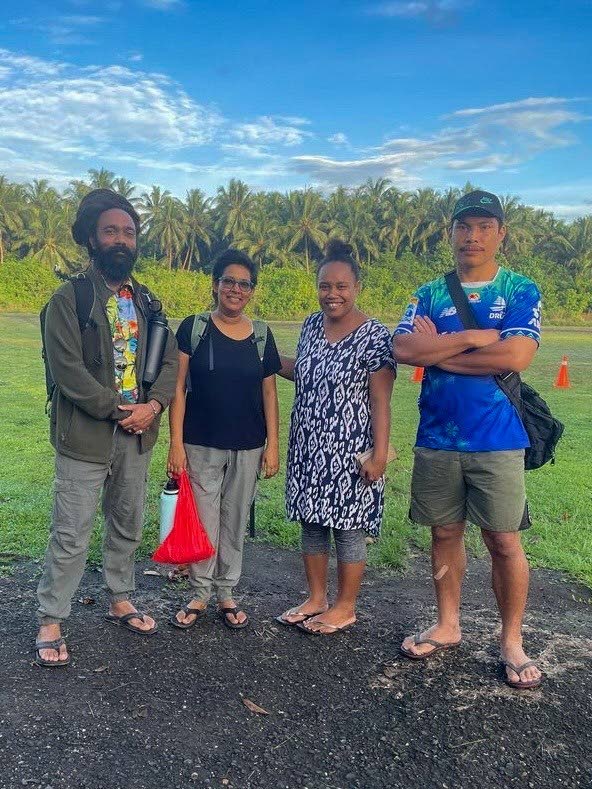
Wantok means literally “one talk,” and signifies mutual social support among members of the same language, culture or clan. A deep sense of community responsibility and collective welfare is fostered by these concepts.
One of the best ways to experience the Solomon Islands is by staying with locals. Homestays, eco-lodges and community-based tourism are gaining traction especially in rural areas of the Solomons, offering locals an opportunity to be part of the tourism economy while affording travellers the chance to live as locals do.
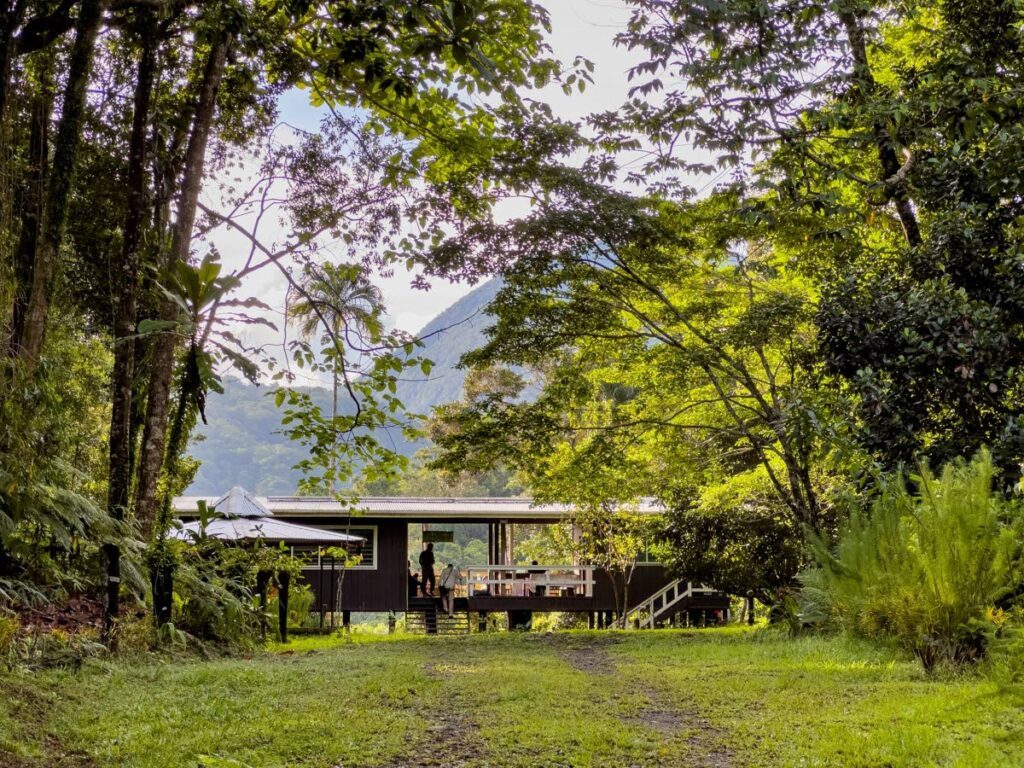
At the Imbu Rano Lodge on the island of Kolombangara, travellers are taken care of by a small staff in a completely off-grid forest cabin on the slopes of a dormant volcano. Visitors use this eco-lodge as a base for activities including birding, herping, and climbing the often cloud-cloaked Mt Rano. As the sun sets behind spectacular mountain views, a fire is lit to chase away the mosquitoes.
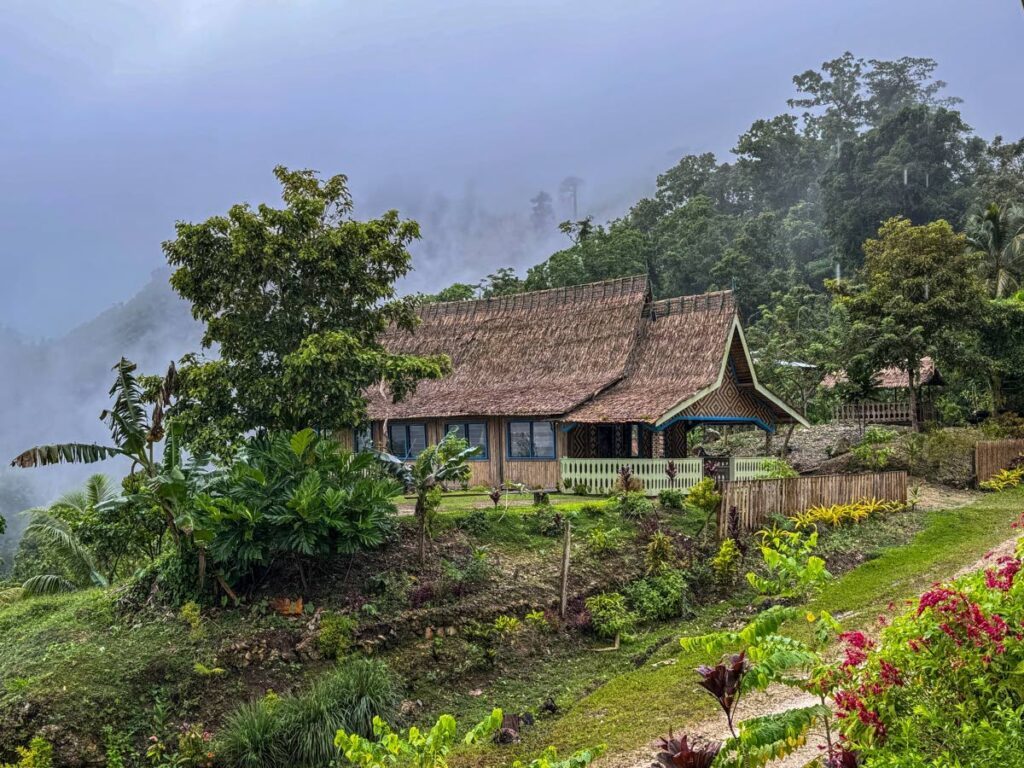
Storytelling ranges from tales of headhunters to local folklore. It is a very personal experience in which you gain a deeper appreciation of the people and their connection with the land.
On the island of Malaita, which is actually the most populous island in the Solomons, there are dramatic landscapes to be explored. There is also a strong thrust for indigenous tourism product. At Langa Langa Lagoon, visitors can see how locals practise the art of making shell money. This is not a cultural relic, but a living practice, as shell money is still used in important ceremonies and as a form of currency.
At Haodaikirio Homestay, the process of making lakeno is shared – a sumptuous dish of sticky taro pudding with coconut cream that is famously Malaitan.
In these intimate settings, travellers begin to feel the rhythm of life on the Solomons in a more profound way; time slows and the pressures of modern life become distant. Travellers gain deeper understanding of the simplicity and beauty of life on these far-flung islands while directly supporting communities.
Tourism is still in its infancy in the Solomons. In 2023, there were approximately 7,000 tourist arrivals, with Australian visitors accounting for 50 per cent. The Solomons is a place devoid of multinational hotel chains, fast-food restaurants, and all that comes with these conveniences. However, there is no lack of amenities.
Travellers must shift gear and adapt to local life to some degree. Visiting the markets and chatting with the people can provide insights that you won’t find in a guidebook.
On the main island of Guadalcanal, relatively bustling Honiara serves as the gateway to explore all that the Solomons have to offer. Within the capital city there are a few standard hotels with all the modern comforts. Given the size and diversity of Guadalcanal, visitors can easily enjoy activities such as hiking the tallest mountain in the Solomons, diving over pristine coral reefs, and immersion in the island’s role in World War II.
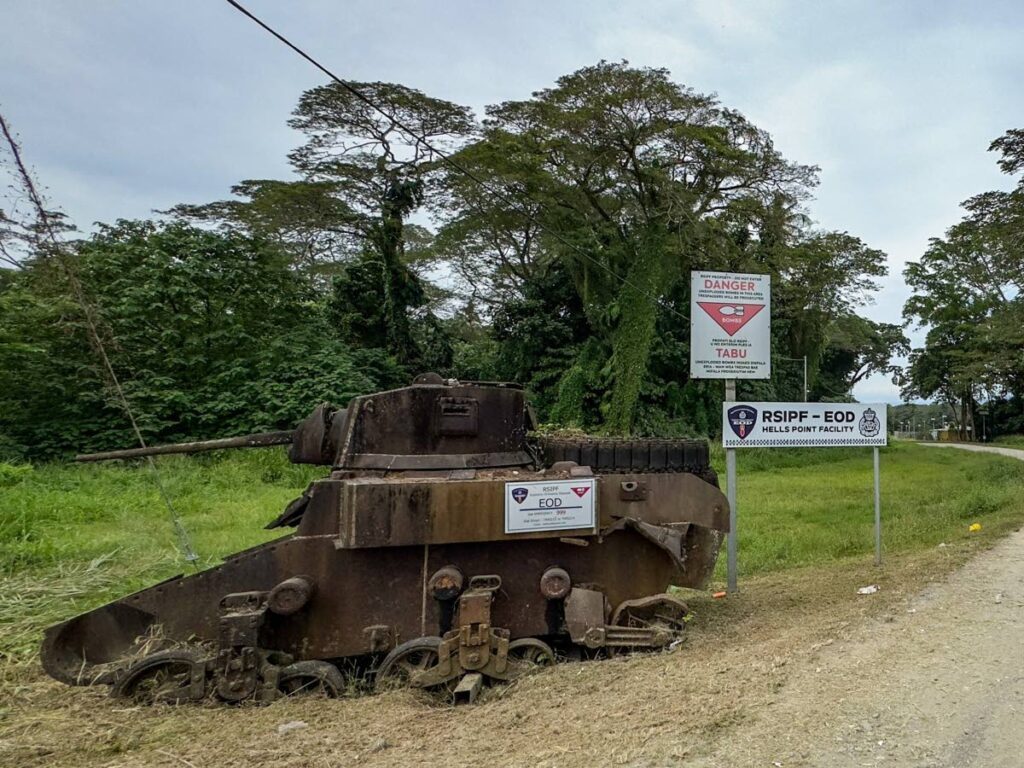
Many travellers spend all their time on Guadalcanal. The already limited tourist flow doesn’t consistently reach other islands. And the sheer number of islands presents a logistical challenge for travellers. Ferries and small boats allow island-hopping, while frequent domestic flights connect Honiara to a number of towns and even some remote airstrips.
Journeying between islands, whether by sea or air, is an adventure in itself. Infrastructure is basic at best, and delays are commonplace owing to weather changes.
As this multi-island nation seeks to engage the global tourism market, time will tell how Solomon Islanders adapt to the ever-changing travel landscape.
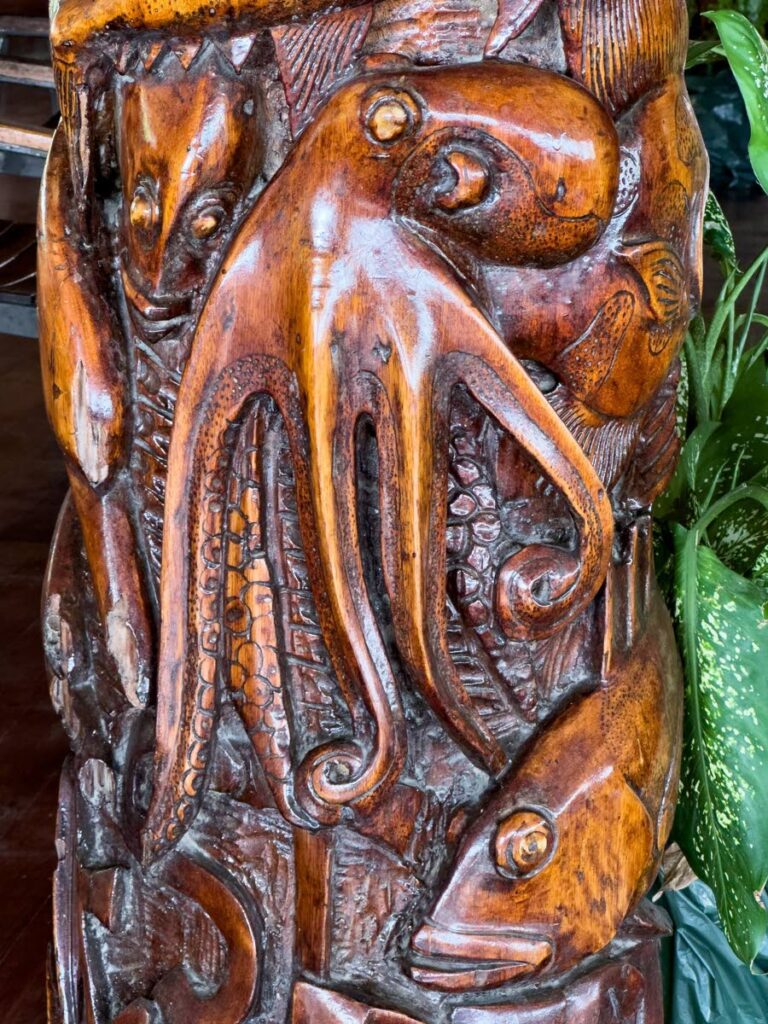
There is much to be experienced in this tropical paradise, which is under threat from the effects of climate change. Living at the edge of the Pacific Ocean has guided Solomon Islanders for millennia and given them an exceptional degree of resilience.
For the traveller, a willingness to go off the beaten path and get comfortable with a bit of discomfort will undoubtedly enable a closer connection to the heart of the Solomon Islands – its people.

Comments
"An archipelago in the Pacific"